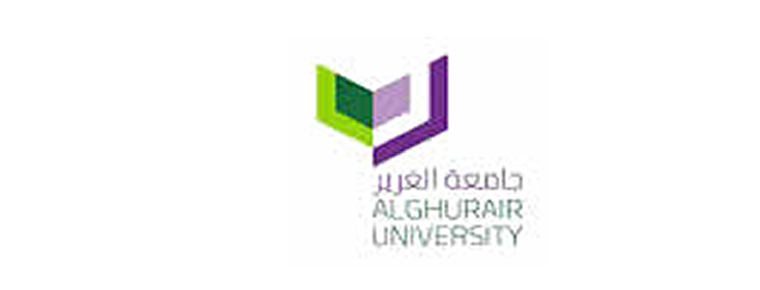Our Kindergarten
At AGU School , literacy and numeracy are the central components of our Kindergarten (KG) curriculum.
In the two KG grades, all children are provided with experiences and teaching that address the New York KG Standards and expectations: Physical Well-being, Health and Motor Development, Social and Emotional Development, Approaches to Learning, Cognition and General Knowledge, and Language, Communication and Literacy. There is a lot of room for fun and play in this rigorous curriculum model.
Arabic is taught in KG classrooms, partly by ensuring everyday use of the language in presentations, conversations and display. To avoid doubt, however, English is always the medium of instruction and excellence in English is our prime responsibility and concern.
The teaching and learning environment inside of the school is interactive and engaging. Children encounter high quality technology from the outset but ‘screen time’ is limited and our preference is always to develop the children’s personal and social skills first. Within each classroom, there are interactive displays so that children can engage in critical thinking and language development through questioning. Language-rich environments instill confidence in children.
In each classroom, teachers use strategies with the children to increase their functional use of language, if they are not already fluent. Key questions and learning tickets are used at the start of lessons to engage the children in conversation. Language development is carefully linked to behavior management, with boundaries being set using positive terminology. A focus in each classroom is on active listening using repeating, paraphrasing, and extending statements. The following, specific strategies are employed to provide the language rich learning environment:
- Recognize the capacities of the students to understand language and communicate using gestures, facial expressions, sounds and words
- Play word games such as Taboo, Association, Ping Pong
- Adopt ‘Thinking Through the Language’ approaches such as “Big Questions” “Odd One Out”
- Identify language developmental delay so the child and family can receive additional support in developing language skills
- Build relationships – be an empathic language partner
- Respond and take turns – be an interactive language partner
- Respond to nonverbal communication
- Use self-talk and parallel talk
- Talk often with the child using a rich and varied vocabulary
- Use joint attention strategies
- Use semantically responsive talk
- Use child-directed speech
- Use questions and control carefully
- Read, sing and use finger-plays and social games
Resources in the classrooms are carefully selected to invite play, discovery, experimentation and problem solving. Teachers will ensure that they enhance learning, support the various and changing needs of children and capitalize on how children learn best – through manipulation, exploration and play. Children benefit from many types of material that support and nourish development in all areas. A wide range of materials and resources are supplied that:
- Facilitate social understanding and cooperative interactions with peers
- Encourage creative expression, awareness and confidence in art, music and movement
- Promote development of foundational literacy and numeracy skills
- Support understanding and concepts related to nature and science, critical thinking and the scientific method
Teachers provide a variety of material for children’s independent learning activities allowing teachers to respond to the individual differences of children. Teachers:
- Ensure that materials are readily accessible to children
- Organize materials into labeled bins or baskets using words and pictures
- Label shelves and baskets with corresponding symbols, stickers or labels to guide and assist children with tidying procedures
- Change or add materials at learning centers throughout the year to maintain interest and respond to the developing needs and interests of children
- Incorporate authentic, natural materials where possible
- Select materials and resources that reflect the diversity within the classroom, community and wider society
- Include literacy and numeracy materials throughout the classroom at various learning centers


